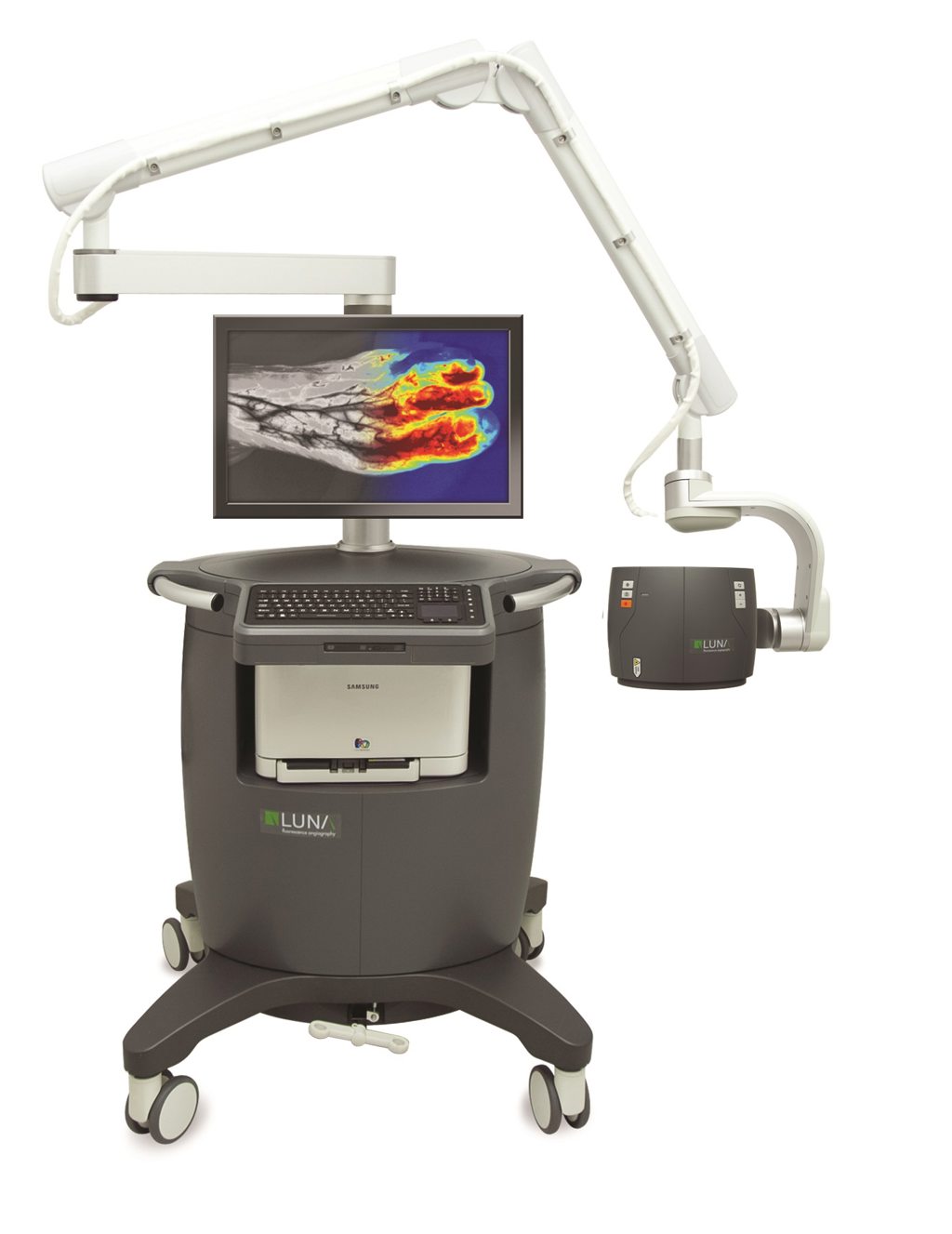
Wound Center Opens at Penn Highlands Elk
A non-healing wound can lead to many issues in a person's life. Whether it's suffering through the pain of that wound, reducing your daily activities or the potential life-threatening complications that can come from a wound, the effects can be traumatic.
Officials at Penn Highlands Healthcare realize this and have announced they will add a third wound center to the system and outfit it with breakthrough technology. The Wound Center of Penn Highlands Elk will be the first in Western Pennsylvania to offer LUNA Fluorescence Angiography technology for the treatment of chronic wounds.
The Wound Center of Penn Highlands Elk will be located on the ground floor of the St. Marys hospital building at 763 Johnsonburg Road. The center, which will provide complete care for all non-healing wounds, will be adjacent to the emergency department.
John Hewitt, DPM, podiatrist, and Narayana Subramany, MD, general and vascular surgeon, will be the lead physicians at The Wound Center, which is scheduled to open on August 4.
The new technology being offered at the center, the LUNA Fluorescence Angiography System, will greatly aid caregivers with wound assessment and the creation of the best possible plan of attack for non-healing wounds.
Caregivers at The Wound Center will work in conjunction with primary care physicians but a physician referral is not needed to access the services at The Wound Center.
"Adding these much needed services at Penn Highlands Elk really shows our commitment to expanding care in our communities," Rose Campbell, president of PH Elk, said. "With the help of Penn Highlands Healthcare, we have been able to stay at the forefront of technology and by being the first in Western Pennsylvania to enlist the use of the LUNA System, local patients will benefit."
The LUNA System helps doctors assess blood flow to the wound. Healthy blood flow is essential to healing chronic wounds, which may be a result of diabetes or a complication from a recent surgery.
Using the LUNA System, the caregiver uses a contrast chemical that is injected into the patient intravenously. This contrast agent shows the physician, in real time, the blood flow to and around the wound.
Unlike other imaging systems that require the use of a chemical contrast, the contrast agent used by the Luna System does not involve the same potential safety hazards to the patient. This makes the LUNA System an ideal procedure for patients whose kidney function may be of concern, such as those diagnosed with diabetes.
Another advantage of having the doctor see the precise amount of blood flow to the wound comes when it's time to remove the dead tissue. The images created by the LUNA System give the physician a precise road map to remove only the tissue that does not have adequate blood flow. This helps spare healthy tissue and promotes healing.
"We are hopeful that the addition of this technology will allow us to provide this unique service throughout the Penn Highlands system," Campbell added. "With wound care facilities now in St. Marys, Clearfield and DuBois, patients throughout the system have a network of wound care specialists to rely on for the treatment of chronic wounds."
Penn Highlands Healthcare also hosts the region's only hyperbaric oxygen treatment facility in DuBois. HBO therapy takes place in a special chamber that provides a pressurized environment where the patient breaths 100 percent oxygen. The combination of oxygen and pressure allows damaged tissues to heal and promotes the growth of new tissues such as blood vessels and skin.
"It's very exciting to see our system grow a service line like wound care." Campbell said. "We're able to keep patients with chronic wounds in our system and enhance the continuity of care that we already provide. They no longer need to travel long distances to receive the most advanced treatments."
